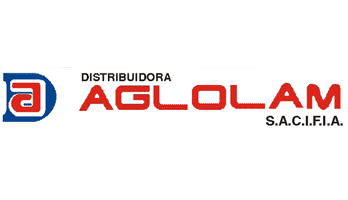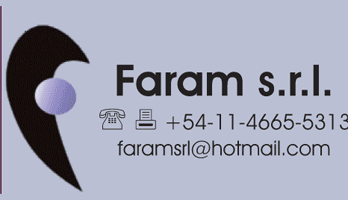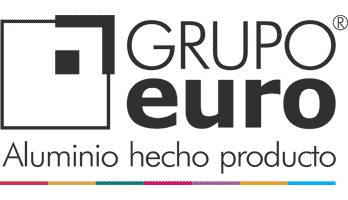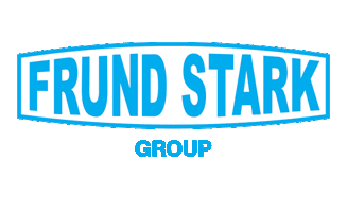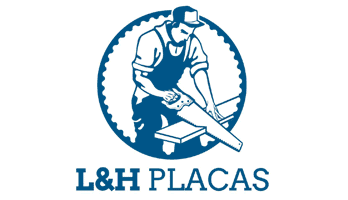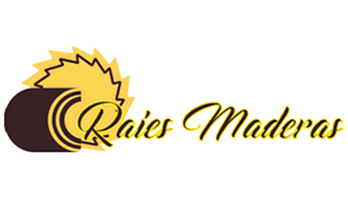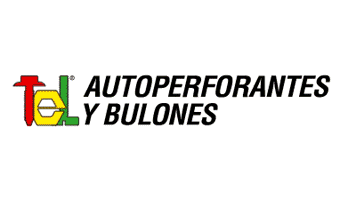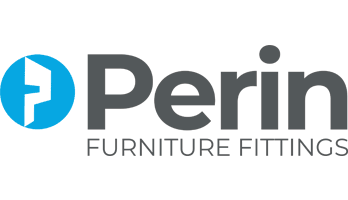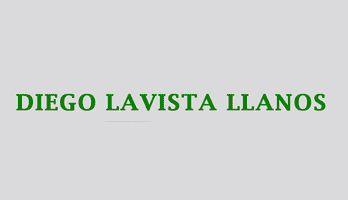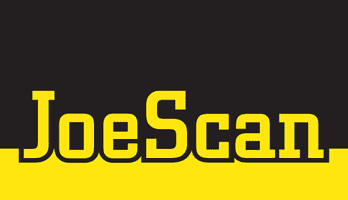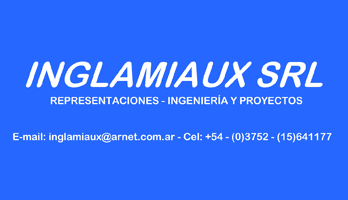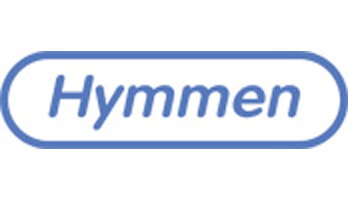
Introduction to PP Edgebanding
PP edgebanding is produced from polypropylene. Polypropylene is one the many types of thermoplastic polymers that exist in the world.
PP edgebanding is the most ecological, most flexible, and most heat resistant edgebanding among our plastic edgebanding range.
Simply, we can list the characteristics of PP as below:
It is the lightest weight polymer amongst thermoplastics
It is the most ecological
It is the most flexible
It has the best properties against shrinkage and heat.
PP edgebanding is a good choice for small radius applications and places where furniture is exposed to excess temperature and heat.
We can produce all sorts of edgebanding from polypropylene (plain colors, high gloss colors, and woodgrain colors).
TECE PP edgebanding is produced in master rolls of 300mm. Therefore, it can be slit to any size from 9mm up to 300mm.
The thickness can change from 0,4mm and 3mm.
We mainly consider PP edgebanding as an alternative to ABS as they can easily be recycled / burned without creating hazardous gas. We would not recommend PP edgebanding as alternative to PVC as processing PVC is less complicated than PP.

IT MAY INTEREST YOU
 The forest of the oldest shadows: the story of the petrified trees
The forest of the oldest shadows: the story of the petrified trees
One of the natural treasures of Río Negro turns 23 years old under the protection law that allows its conservation. Where it is and how it was formed. Río Negro celebrates 23 years of conservation in the petrified forest as a Protected Natural Area (ANP). It is a space of 625 hectares that protects an exceptional site of fossil trunks that date back more than 60 million years.
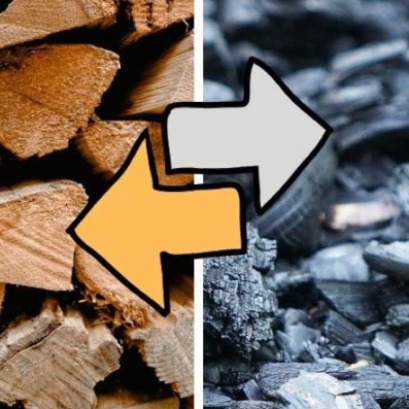 Canadian researchers make biochar from wood waste that rivals steel in strength
Canadian researchers make biochar from wood waste that rivals steel in strength
Researchers at the University of Toronto have developed monolithic biochar from wood that can reach an axial hardness of up to 2.25 GPa, similar to mild steel.
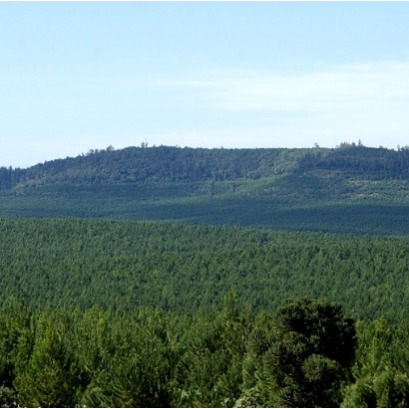 Free seminar on the implementation of the European EUDR regulation on deforestation-free wood products
Free seminar on the implementation of the European EUDR regulation on deforestation-free wood products
The Argentine Forestry Association (AFoA) organizes the seminar «EUDR in Forest Products: Current status of implementation. Regulatory requirements and private experiences", which will take place on Wednesday, November 26, from 11:00 a.m. to 12:00 p.m., via Zoom, with live streaming on YouTube. The European Regulation on Deforestation-Free Products (EUDR) will enter into force on December 31, 2025 and will impose new requirements for forest products entering the European Union market.


